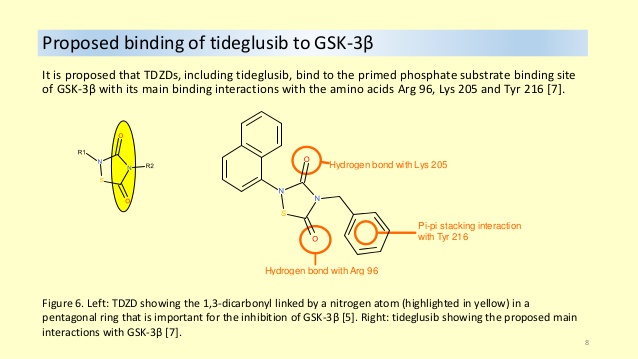Because of the disease characteristics in DM1 and DM2, appropriate molecular testing and reporting is very important for the optimal counseling in myotonic dystrophy. Here, we describe best practice guidelinesfor clinical molecular genetic analysis and reporting in DM1 and DM2, including presymptomatic and prenatal testing.
Category Archives: Uncategorized
Maximum Voluntary Ventilation can help predict lung issues in Myotonic Dystrophy patients
A new study of myotonic dystrophy patients indicates that an older style test of maximum voluntary ventilation may help Myotonic Dystrophy patients know their lung function better.
The maximal voluntary ventilation (MVV) is another measure of the neuromuscular and respiratory systems. The MVV is the total volume of air exhaled during 12 sec of rapid, deep breathing, which can be compared with a predicted MVV defined as the forced expiratory volume in 1 sec (FEV1) × 35 or 40. A significant difference between the predicted and measured MVV may indicate insufficient neuromuscular reserve, abnormal respiratory mechanics, or an inadequate effort. Progressive reduction of tidal volumes during the test is consistent with neuromuscular abnormalities but also occurs with gas trapping as a result of disorders that cause airflow limitation.
Clinical_implication_of_maximal_voluntary.-ventilation-in-Myotonic-DystrophyCare Recommendations for Myotonic Dystrophy Type 2
The MDF recruited 15 international clinicians with long-standing experience in the care of DM2 patients to develop consensus-based care recommendations. The single text procedure was adopted. This process generated a 4-page Quick Reference Guide and a comprehensive 55-page document that provides care recommendations for DM2 patients.
Summary
The resulting recommendations will help standardize and improve care for DM2 patients and facilitate appropriate management in centers without neuromuscular specialists.
New drug, Tideglusib, approach moving to clinical trial shortly
There is a new compound that is being tested to see if it can help with congenital myotonic dystrophy. It is being tested for a number of applications including tooth repair and Alzheimer’s and just might help with the congenital form of myotonic dsytrophy. this is a molecule being developed by AMO pharma.
Tideglusib (NP-12, NP031112) is a potent, selective and irreversible[1] small molecule non-ATP-competitive glycogen synthase kinase 3 (GSK-3) inhibitor.

Potential applications[edit]
Tideglusib is under investigation for multiple applications:
- Alzheimer’s disease and progressive supranuclear palsy. As of 2017 it was undergoing Phase IIa[2] and IIb clinical trials.[3][4][5][6] The first trial to be published (in English) was Phase IIand demonstrated that tideglusib was well tolerated, except for some moderate, asymptomatic, fully reversible increases in liver enzymes.[4]
- Tooth repair mechanisms that promotes dentine reinforcement of a sponge structure until the sponge biodegrades, leaving a solid dentine structure. In 2016, the results of animal studies were reported in which 0.14 mm holes in mouse teeth were permanently filled.[7]
- Tideglusib is being studied in Phase II clinical trials as a treatment for congenital/juvenile-onset myotonic muscular dystrophy type I.[8]
There is a clinical study that will be starting shortly and you might be able to participate when this trial opens. Click here for more information.
https://clinicaltrials.gov/ct2/show/NCT03692312?cond=Myotonic+Dystrophy%2C+Congenital&rank=1
Efficacy and Safety of Tideglusib in Congenital Myotonic Dystrophy
Continue reading Another study advancing a potential treatment of myotonic Dystrophy
This is a fairly scientific study of using the CRISPER Technology to help find a treatment for myotonic dystrophy. DM1 is caused by expanded CTG repeats in the 30 UTR. It is conceivable that simply deleting the expanded CTG repeats may cure the disease. With the advancement of therapeutic genome-editing technologies, this is becoming more realistic.
Crisper-Study-to-delete-abnormal-Repeats
